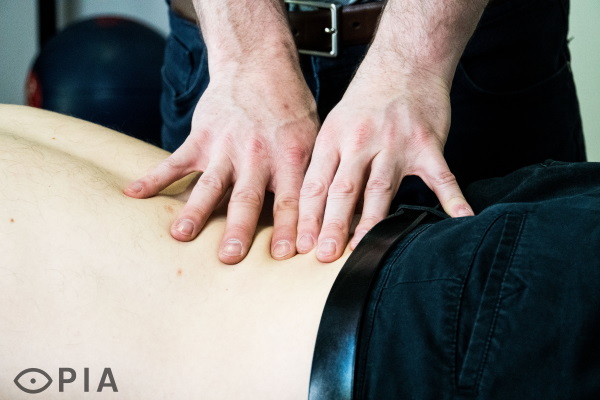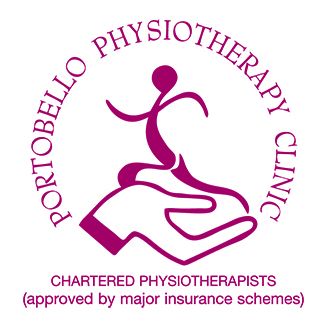Chartered Physiotherapists
Specialists in Musculoskeletal Physiotherapy
Joint Mobilisation

Joint mobilisation is a passive treatment technique that can be performed on peripheral joints (shoulder, knee ankle etc) or on the spine. The reasoning behind joint mobilisations is to return the joint to a normal level of function by reducing stiffness, increasing the range of motion and/or reducing pain in the joint.
The joints in a human body are often sources of pain. This can be due to problems within the joint or problems with the soft tissues that surround the joint such as the tendons, ligaments or capsule. These issues may arise from degenerative conditions such as arthritis (often referred to as wear and tear) or due to trauma from a trip, fall or accident resulting in inflammation in or around the joint. As a result, the joint may become stiff and restricted in the way it would “normally” move. Over time, this stiffness will manifest as pain on certain movements and may develop into a chronic condition if not treated.
Joint mobilisations carried out by a trained physiotherapist will aim to alleviate the stiffness within the joint. There are various methods to mobilise a joint but they all follow the same fundamental principles; applying repetitive, oscillatory, gentle pressure to the joint in a specific direction. This process usually lasts up to 1 minute and may be repeated several times in one session. Applying the technique in such a way allows the joint to become less stiff and return to its normal function.
Joint mobilisation is not a painful technique. You may feel slight discomfort or a sensation of increased pressure around the area being worked on. However, your therapist will regularly ask you whether the depth of mobilisation is at a comfortable level for you. Typically, after treatment your physiotherapist will prescribe you with an exercise program to maintain or improve the increase in range that joint mobilisation will have achieved.
Ready to take the next step?
Learn more about our Patient-Centered Approach to Care or schedule a new patient consultation.


